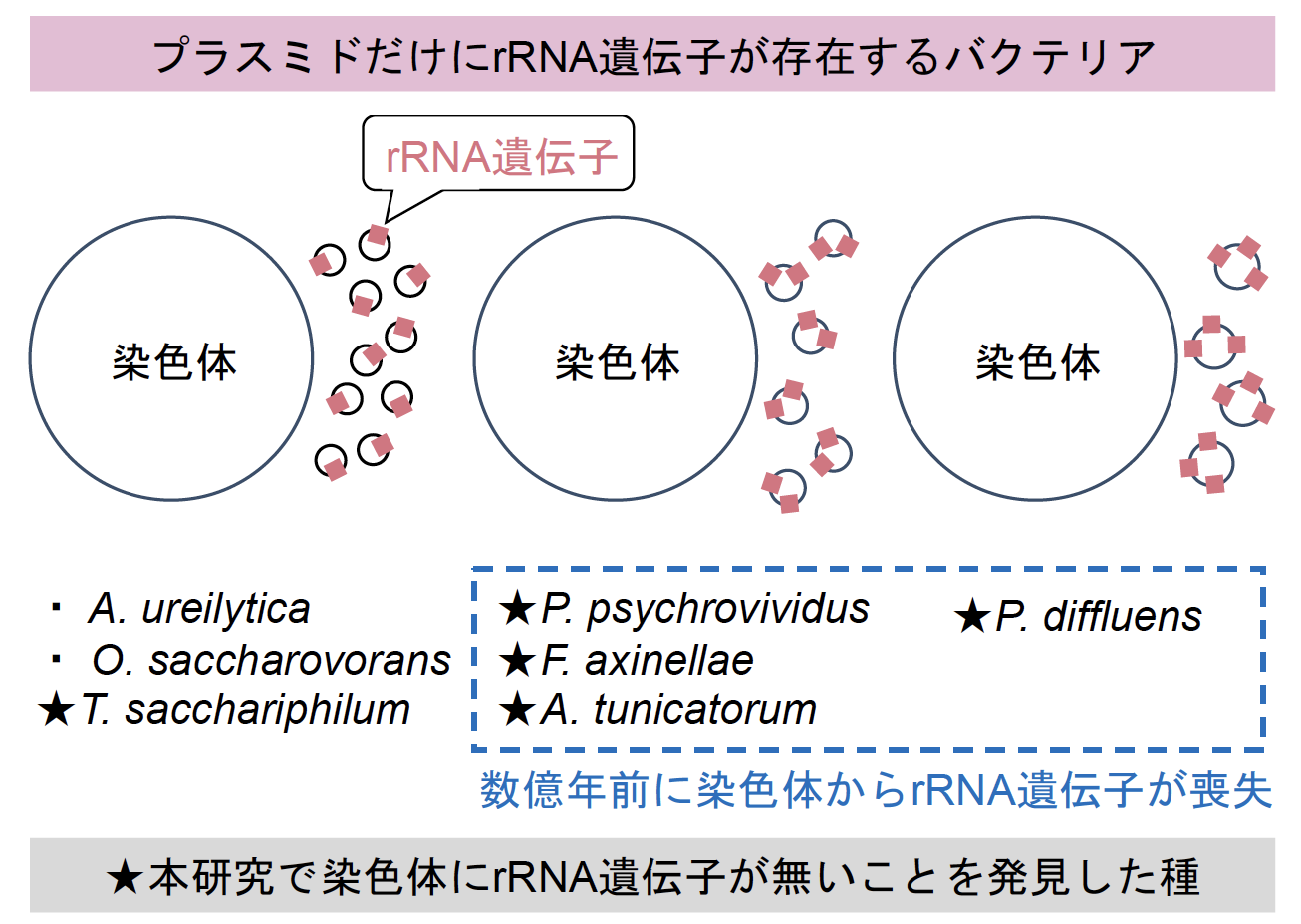2023-11-07 カリフォルニア大学バークレー校(UCB)
◆研究は人間の網膜の理解に寄与し、眼球運動障害の病態に洞察を提供する可能性があります。ニューロンの一種である「方向選択的な神経細胞(DSGC)」が、動く視覚シーンの方向を感知し、注視安定システムに情報を提供していることが初めて示されました。これにより、これまでにDSGCが霊長類に存在しないとされていた仮説が覆り、新たな理解がもたらされました。
<関連情報>
- https://optometry.berkeley.edu/berkeley-scientists-discover-retinal-cells-that-help-stabilize-our-world-view/
- https://www.nature.com/articles/s41586-023-06659-4
霊長類網膜のON型方向選択性神経節細胞 An ON-type direction-selective ganglion cell in primate retina
Anna Y. M. Wang,Manoj M. Kulkarni,Amanda J. McLaughlin,Jacqueline Gayet,Benjamin E. Smith,Max Hauptschein,Cyrus F. McHugh,Yvette Y. Yao & Teresa Puthussery
Nature Published:25 October 2023
DOI:https://doi.org/10.1038/s41586-023-06659-4

Abstract
To maintain a stable and clear image of the world, our eyes reflexively follow the direction in which a visual scene is moving. Such gaze-stabilization mechanisms reduce image blur as we move in the environment. In non-primate mammals, this behaviour is initiated by retinal output neurons called ON-type direction-selective ganglion cells (ON-DSGCs), which detect the direction of image motion and transmit signals to brainstem nuclei that drive compensatory eye movements1. However, ON-DSGCs have not yet been identified in the retina of primates, raising the possibility that this reflex is mediated by cortical visual areas. Here we mined single-cell RNA transcriptomic data from primate retina to identify a candidate ON-DSGC. We then combined two-photon calcium imaging, molecular identification and morphological analysis to reveal a population of ON-DSGCs in the macaque retina. The morphology, molecular signature and GABA (γ-aminobutyric acid)-dependent mechanisms that underlie direction selectivity in primate ON-DSGCs are highly conserved with those in other mammals. We further identify a candidate ON-DSGC in human retina. The presence of ON-DSGCs in primates highlights the need to examine the contribution of subcortical retinal mechanisms to normal and aberrant gaze stabilization in the developing and mature visual system.


